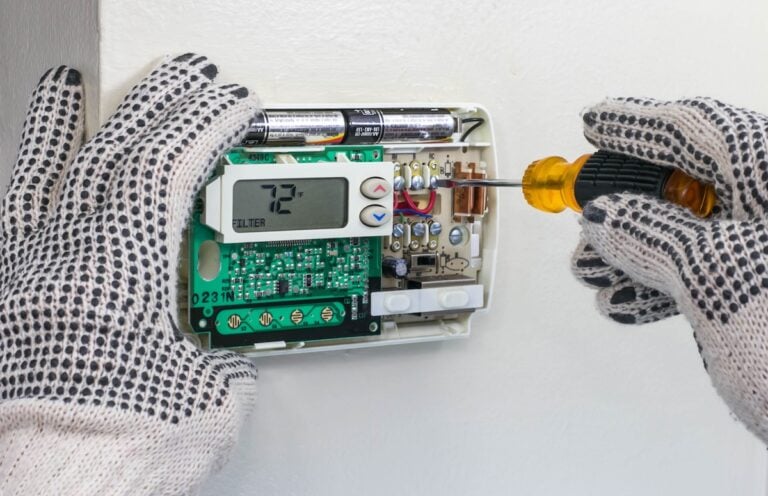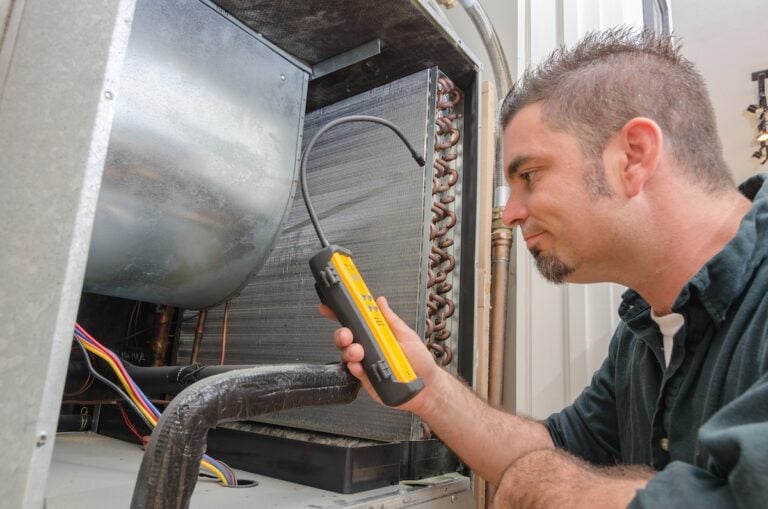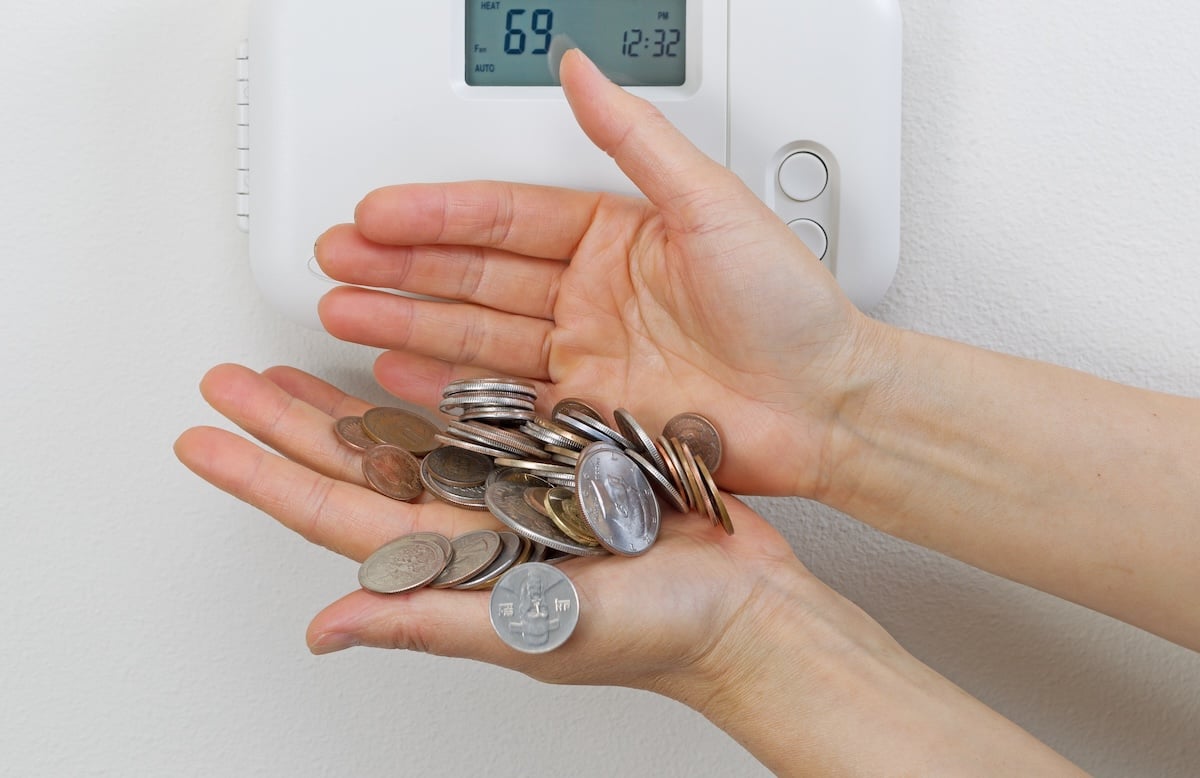
Rising energy costs have homeowners across Minneapolis and the Twin Cities searching for practical ways to reduce their heating expenses. With winter months accounting for the largest portion of annual energy bills, learning how to save money on heating bill has become essential for budget-conscious families.
Here’s what we’ll cover:
- Understanding your heating system and energy usage
- Essential tips to save money on your heating bill
- Insulation and weatherproofing strategies
- Smart technology and energy management
🧠 Understanding Your Heating System and Energy Usage
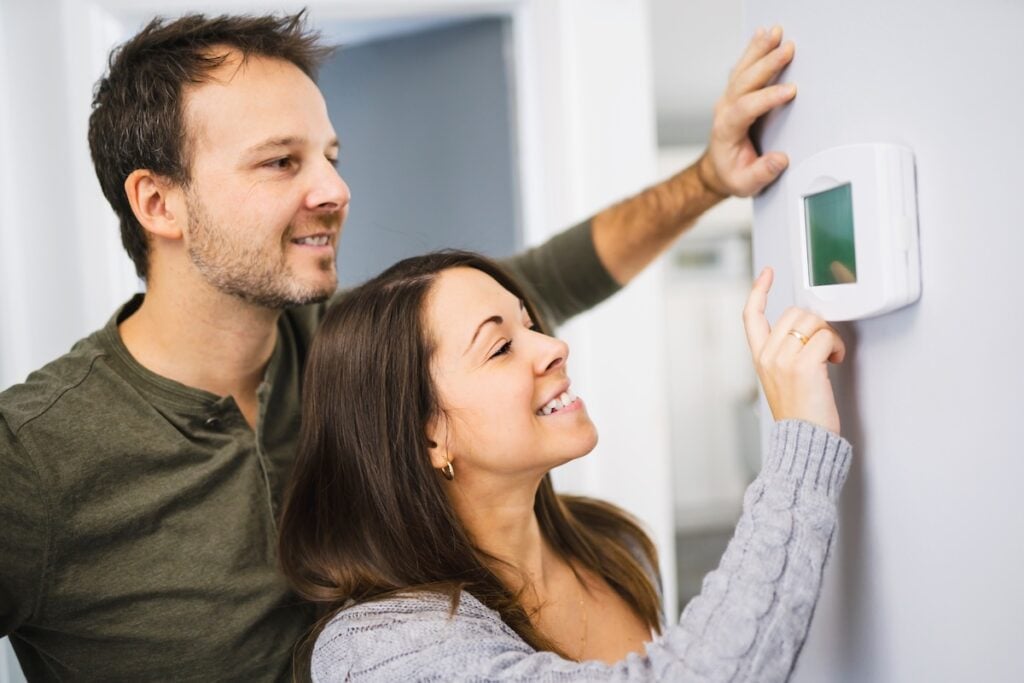
Before implementing money-saving strategies, it’s important to understand how your heating system operates and where energy waste commonly occurs. Most homes use a furnace, boiler, or heat pump, each with unique characteristics influencing energy efficiency and costs.
Furnaces heat air and distribute it through ductwork, boilers heat water for radiators or radiant floors, and heat pumps extract warmth from outside air, even in cold temperatures, making them popular in moderate climates. Energy waste often stems from air leaks, poor insulation, inefficient equipment, and lack of maintenance. With heating and cooling accounting for about 50% of a typical home’s energy use, according to the Department of Energy, targeting your heating system can significantly reduce overall energy costs.
Quick Fixes to Reduce Heating Costs Immediately
- Adjust Your Thermostat: Lower your thermostat by 7-10 degrees when away or during sleeping hours to save up to 10% on annual heating costs. Invest in a programmable or smart thermostat for automated temperature adjustments based on your schedule and weather conditions.
- Seal Air Leaks: Use weatherstripping, caulk, or foam to seal drafts around windows, doors, and other openings. Test for leaks by holding a lit candle near potential spots—if the flame flickers, it’s time to seal.
- Maximize Natural Heat: Open curtains on south-facing windows during sunny days to let in free solar heat and close them at night for insulation. Use ceiling fans on a low clockwise setting to circulate warm air effectively.
🔎 12 Essential Tips to Save Money on Your Heating Bill
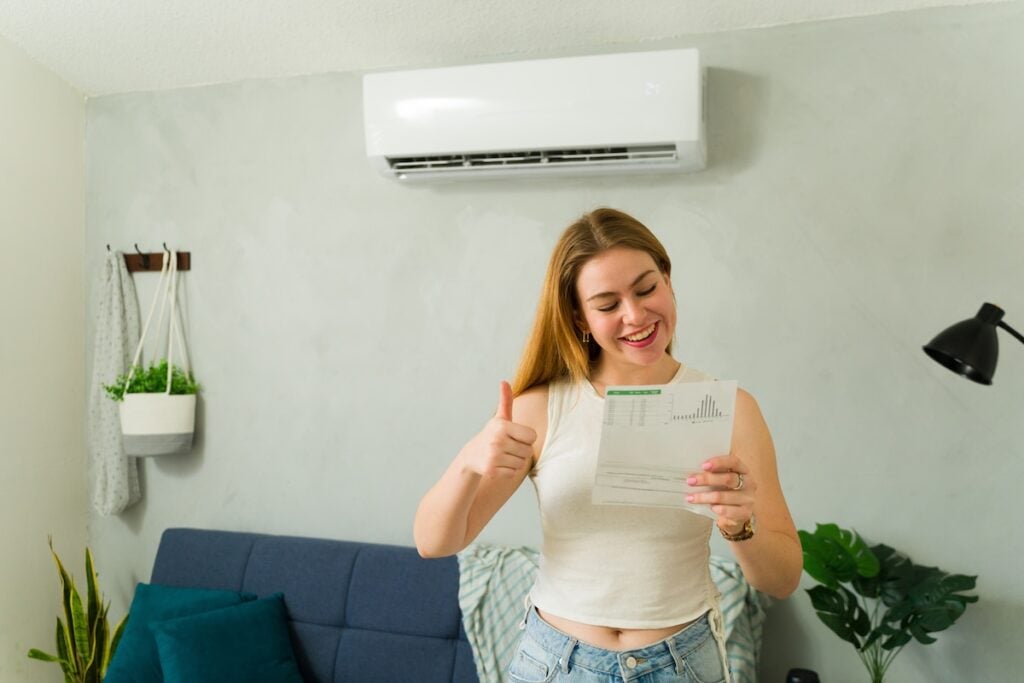
Heating bills can be one of the biggest household expenses, especially during colder months. Learning how to save on heating costs helps you manage your budget while staying warm and comfortable.
1. Lower Your Thermostat by 2-3 Degrees
Even small temperature adjustments can create substantial savings. Most people can comfortably adapt to slightly lower temperatures, especially when wearing appropriate clothing indoors.
2. Use a Programmable Thermostat
Automate temperature adjustments to match your daily schedule. Program lower temperatures during sleep and away periods to maximize savings without sacrificing comfort.
3. Seal Windows and Doors
Apply weatherstripping or caulk around windows and doors to prevent heat loss. Consider adding storm windows or using plastic film covers for additional insulation during winter months.
4. Insulate Your Home Properly
Adequate insulation in attics, basements, and crawl spaces prevents heat loss and reduces energy consumption. Focus on areas with the highest heat loss potential for maximum impact.
5. Maintain Your Heating System
Schedule annual professional maintenance and change filters regularly. Clean, well-maintained systems operate more efficiently and last longer than neglected equipment.
6. Use Ceiling Fans Strategically
Circulate warm air more effectively by running ceiling fans clockwise at low speed. This simple adjustment can make rooms feel warmer without increasing thermostat settings.
7. Close Vents in Unused Rooms
Redirect heated air to frequently used spaces by closing vents in unused rooms. However, don’t close too many vents, as this can create pressure imbalances in your HVAC system.
8. Dress Warmly Indoors
Wear layers and warm clothing to stay comfortable at lower temperatures. This simple habit allows you to reduce thermostat settings while maintaining personal comfort.
9. Use Draft Stoppers
Place draft stoppers at the bottom of doors leading to unheated areas like basements, garages, or unused rooms. This prevents cold air infiltration and heat loss.
10. Maximize Solar Heat Gain
Open curtains and blinds on south-facing windows during sunny days to take advantage of free solar heating. Close them at night to provide additional insulation.
11. Consider Zone Heating
Use space heaters in frequently occupied rooms while lowering the whole-house thermostat. This targeted approach can reduce overall heating costs in homes with good insulation.
12. Upgrade to Energy-Efficient Equipment
Invest in high-efficiency heating systems, programmable thermostats, and ENERGY STAR-rated appliances. While initial costs are higher, long-term savings often justify the investment.
🏠 Insulation and Weatherproofing Strategies
Proper insulation and weatherproofing create a thermal barrier that keeps heated air inside your home and cold air outside. These improvements provide year-round benefits, reducing both heating and cooling costs.
Attic Insulation
Heat rises, making attic insulation crucial for energy efficiency. Most homes benefit from 12-15 inches of insulation in the attic floor. Adding insulation is often a cost-effective DIY project that provides immediate energy savings.
Consider the R-value (thermal resistance) appropriate for your climate zone. Minneapolis and the Twin Cities region require higher R-values due to cold winter temperatures. Proper attic insulation can reduce heating costs by 10-20%.
Basement and Crawl Space Insulation
Insulating basement walls and crawl spaces prevents heat loss through foundation areas. Uninsulated basements can account for 10-15% of total heat loss in cold climates. Focus on areas where conditioned and unconditioned spaces meet.
Seal air leaks around rim joists, foundation penetrations, and utility connections. These areas are common sources of cold air infiltration that can significantly impact heating costs.
Window and Door Improvements
Windows and doors are major sources of heat loss in most homes. Double-pane windows with low-E coatings can reduce heat loss by 25-50% compared to single-pane windows. If replacement isn’t feasible, consider storm windows or window films for improvement.
Upgrade to insulated exterior doors or add storm doors for additional protection. Ensure proper weatherstripping around all doors and windows, replacing worn or damaged materials promptly.
💡 Smart Technology and Energy Management

Modern technology offers sophisticated tools for monitoring and managing energy consumption, helping homeowners optimize heating costs through data-driven decisions.
Smart Thermostats
Smart thermostats learn your schedule and preferences, automatically adjusting temperatures for maximum efficiency. Many models can be controlled remotely through smartphone apps, allowing you to adjust settings from anywhere.
Advanced features include weather-based adjustments, energy usage reports, and integration with other smart home devices. Some utility companies offer rebates for smart thermostat installations, reducing the initial investment cost.
Energy Monitoring Systems
Whole-home energy monitors provide real-time data about energy consumption, helping you identify usage patterns and opportunities for savings. These systems can pinpoint energy waste and track the effectiveness of efficiency improvements.
Smart plugs and individual device monitors allow you to identify which appliances and electronics contribute most to your energy bills. This information helps prioritize energy-saving efforts for maximum impact.
Home Automation Integration
Integrate heating controls with other smart home systems for comprehensive energy management. Automated systems can coordinate heating, lighting, and other energy-consuming devices to optimize overall efficiency.
Consider sensors that detect occupancy and adjust heating accordingly. These systems ensure energy isn’t wasted heating empty rooms while maintaining comfort in occupied spaces.
👨🔧 Partner with Thelen Plumbing, Heating, and Air for Maximum Savings
Saving money on your heating bill starts with the right strategies and dependable support. At Thelen Plumbing, Heating, and Air, we’re committed to helping homeowners in Minneapolis and the Twin Cities maximize energy efficiency without sacrificing comfort. With years of expertise, transparent pricing, and a reputation for quality craftsmanship, our team is the one you can trust for all your HVAC needs.
Whether it’s routine maintenance, repairs, or system upgrades, we provide personalized solutions to keep your home warm and your energy costs low. Ready to take control of your heating expenses? Contact us today to schedule your free consultation and let us help you stay comfortable while saving money this winter.
Unlock Our Limited-Time Deals!
Take advantage of our offers on AC tune-ups, new installs, repairs, and more.
We Can’t Wait to Help Your Home!
"*" indicates required fields



